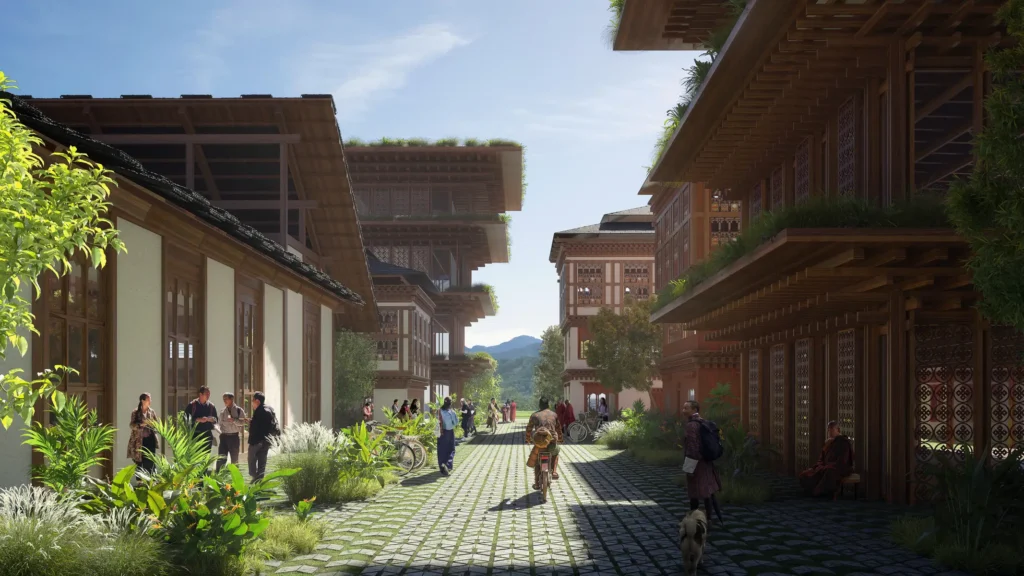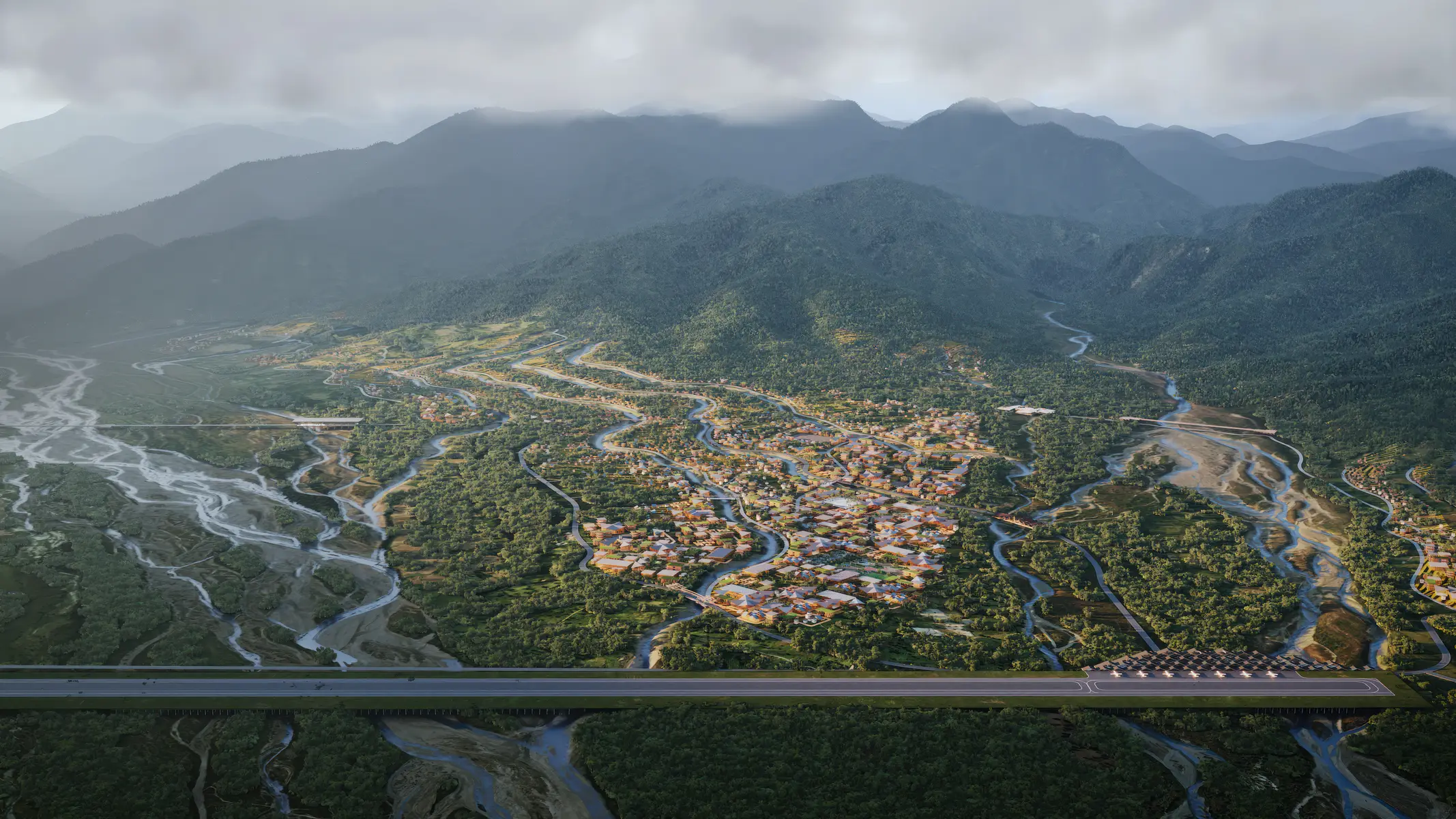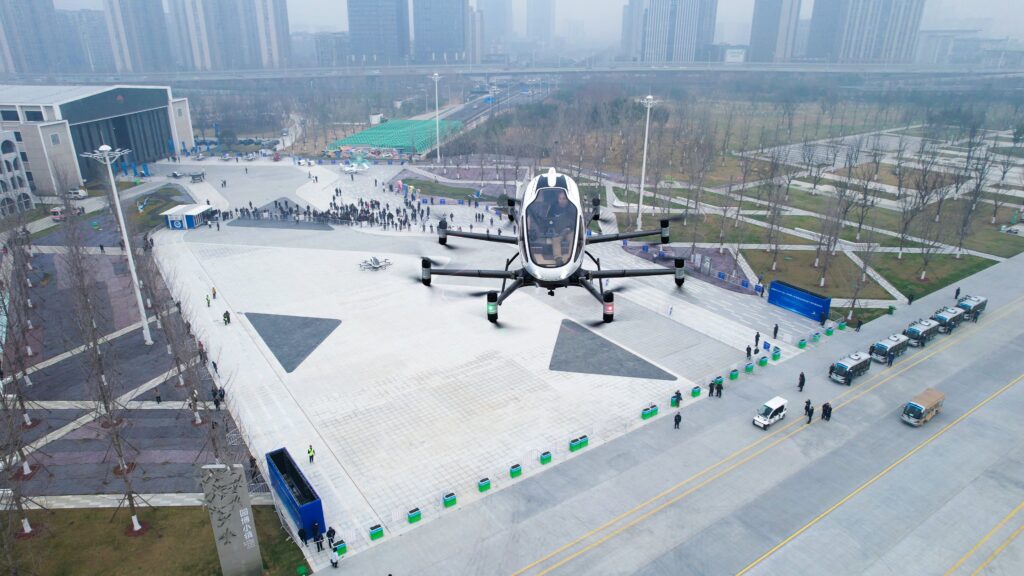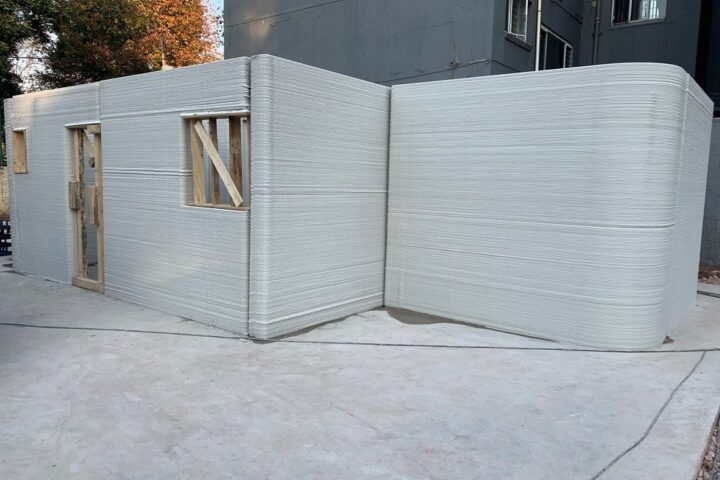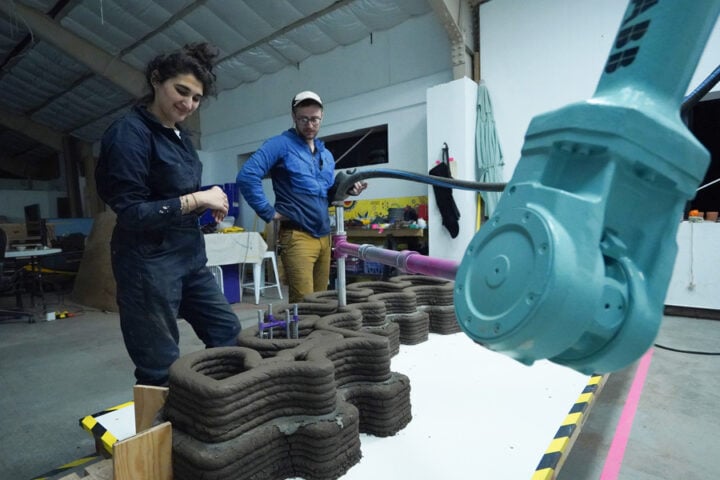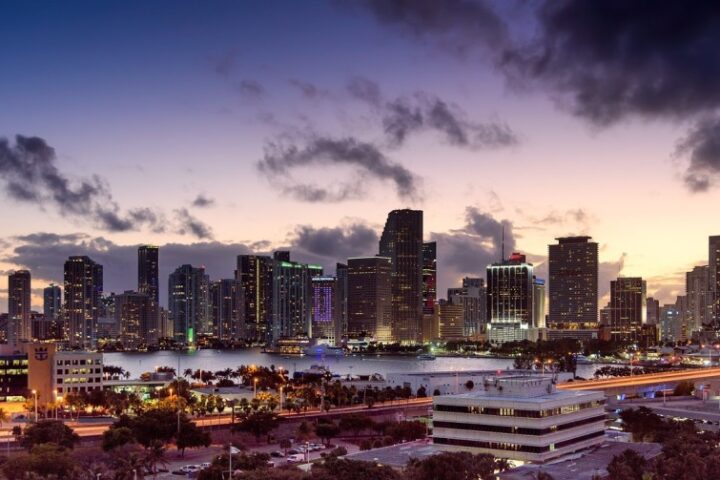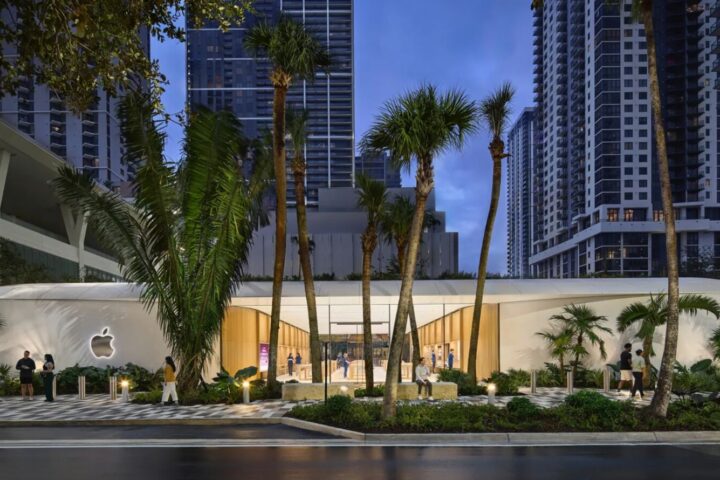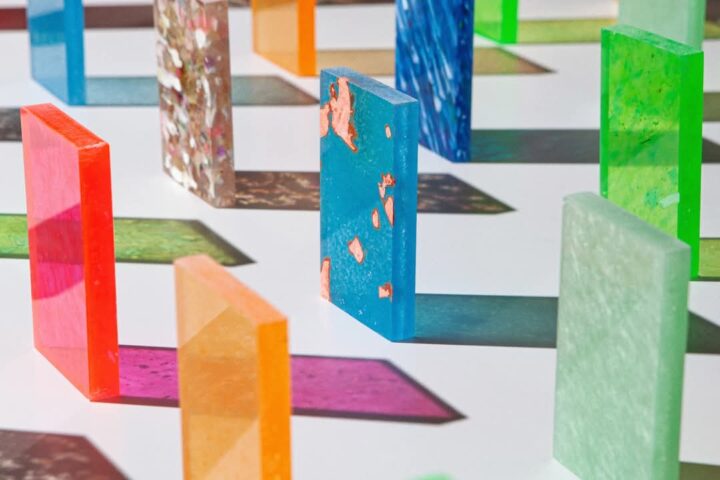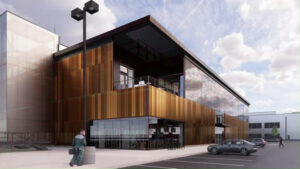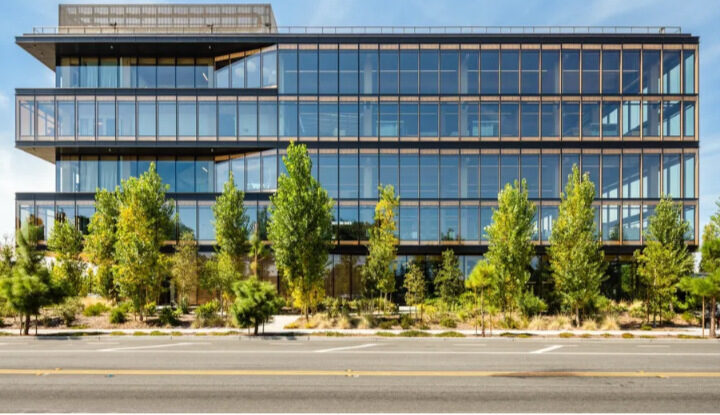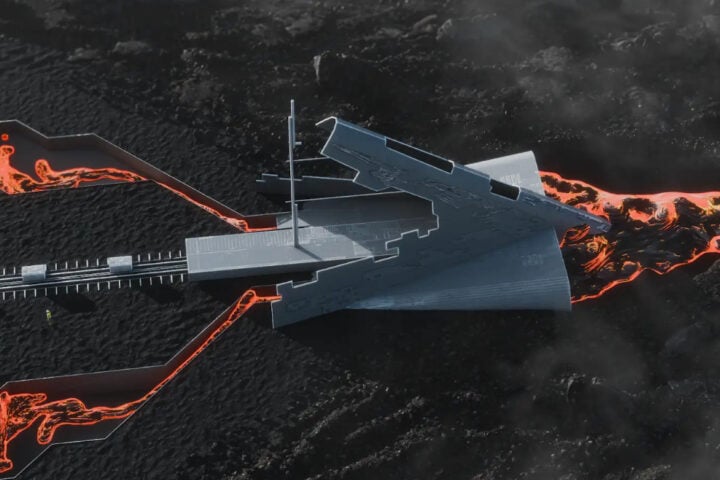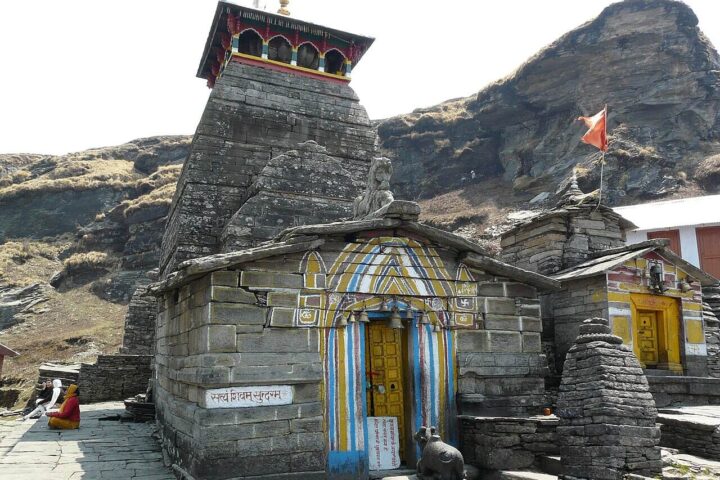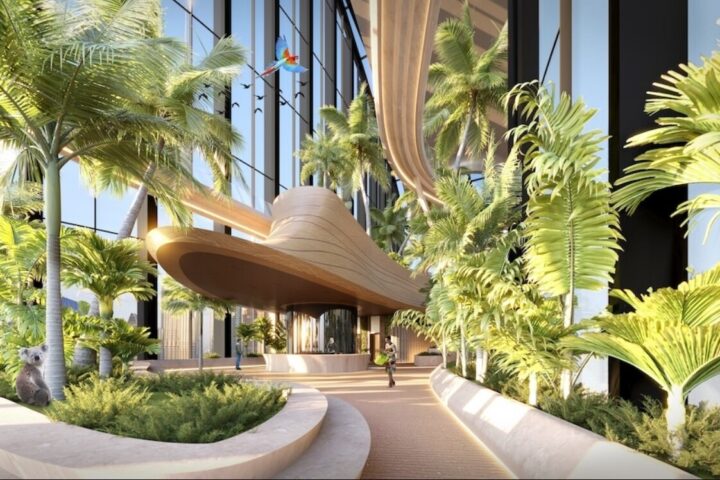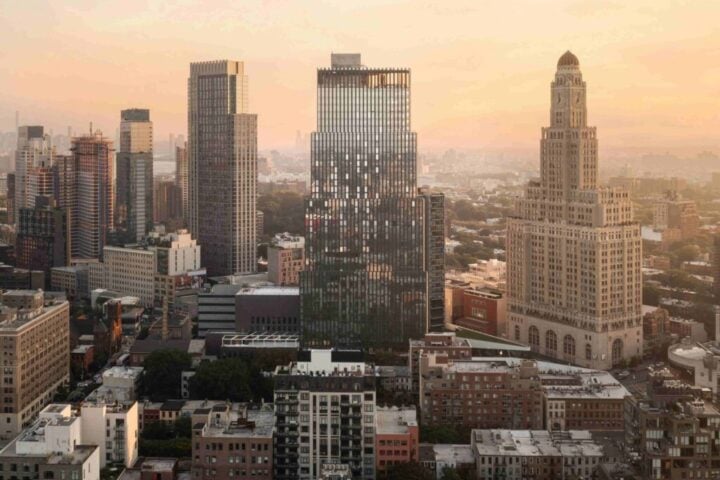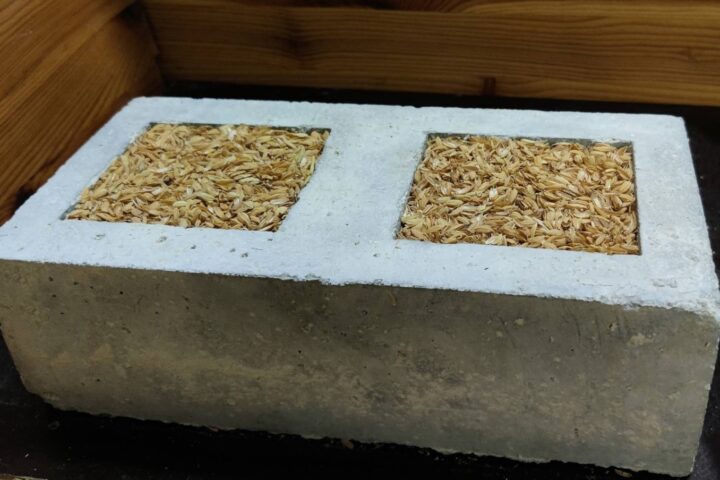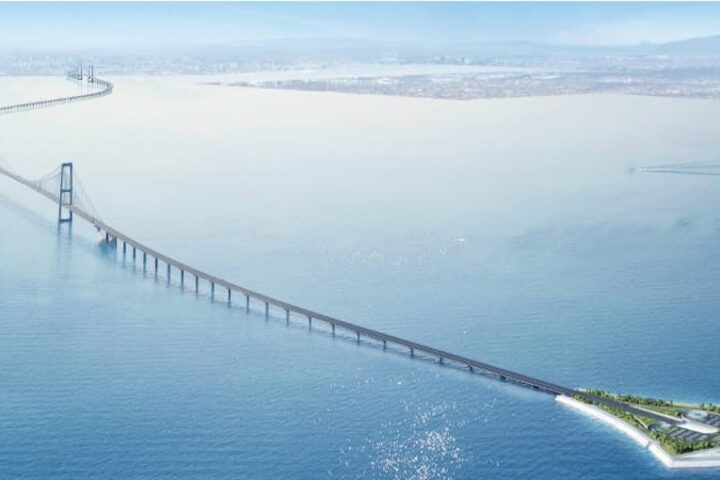On the 116th National Day of Bhutan, King Jigme Khesar Namgyel Wangchuk announced an inspiring city-wide design-led sustainability approach known as Gelephu Mindfulness City. This futuristic-sustainable city has been designed in collaboration with BIG Architects and ARUP, a design and architecture firm, to emphasize Bhutan’s core values and aims to achieve a negative carbon footprint. The design of the city’s master plan takes inspiration from Bhutan’s spiritual roots and its unique cultural diversity. The main characteristics of the city are the development of economic balance, the promotion of compassionate and sustainable living, and the education of young minds.
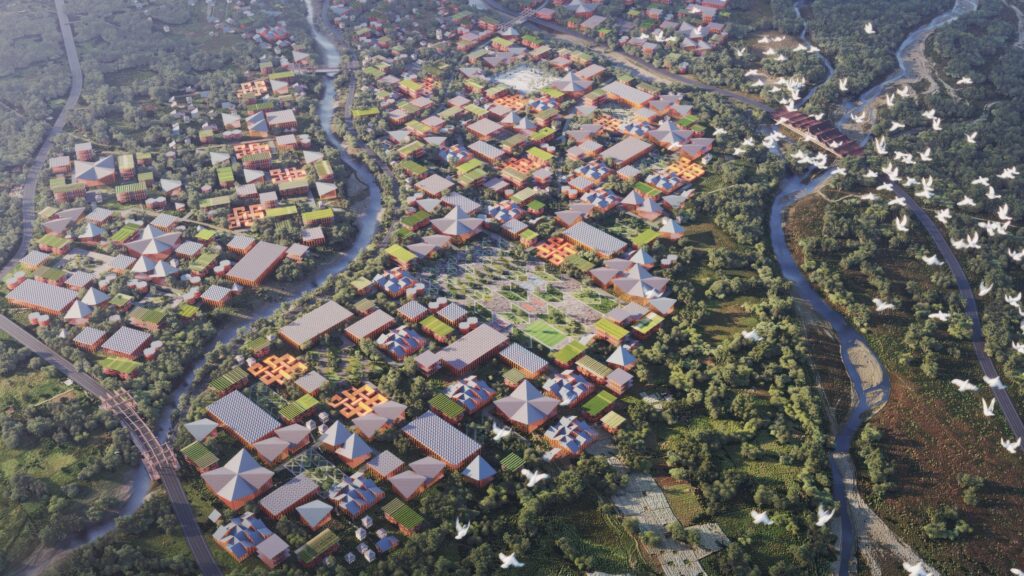
BIG Architects has collaborated with AURUP and Cistri to develop a sustainability master plan for Gelephu Mindfulness City. The priority is economic growth, job creation, urban agriculture conservation, opportunities for youth, and eco-friendly housing projects while at the same time, it aims to combat climate change, protect ecosystems, and promote a smart city lifestyle. Exploring Gelephu will present a city plan that will promote Bhutanese rich culture, spiritual heritage, innovation, and close connection with nature.
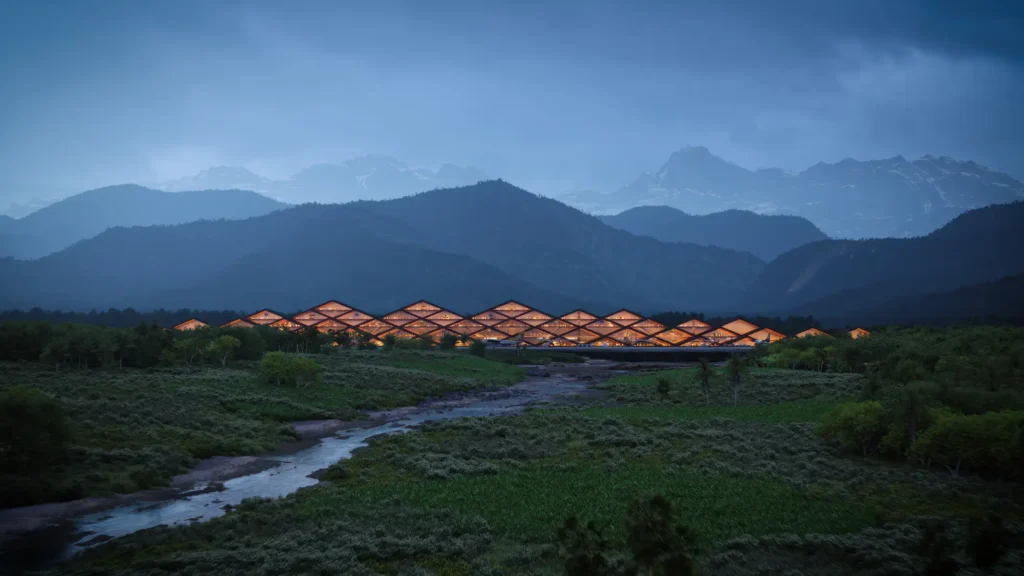
Sensitivity Towards Nature
One of Gelephu Mindfulness City’s founding principles is a deep sensitivity to nature. At Gelephu Mindfulness City, nature has been given priority, and environmental harmony is highly valued. The city is designed as a model of environmental sustainability, combining sustainable infrastructure, advanced energy solutions, and streamlined waste management systems. Large green spaces, refreshing landscapes, and calming water features unite people with a compassionate sense of comfort from the surrounding nature. Every element has been thoughtfully designed to allow people to not only live with nature but also thrive in its splendor. Gelephu Mindfulness City puts a strong focus on connecting with Mother Earth, creating a sustainable sanctuary that aligns urban life with the rhythms of the planet.
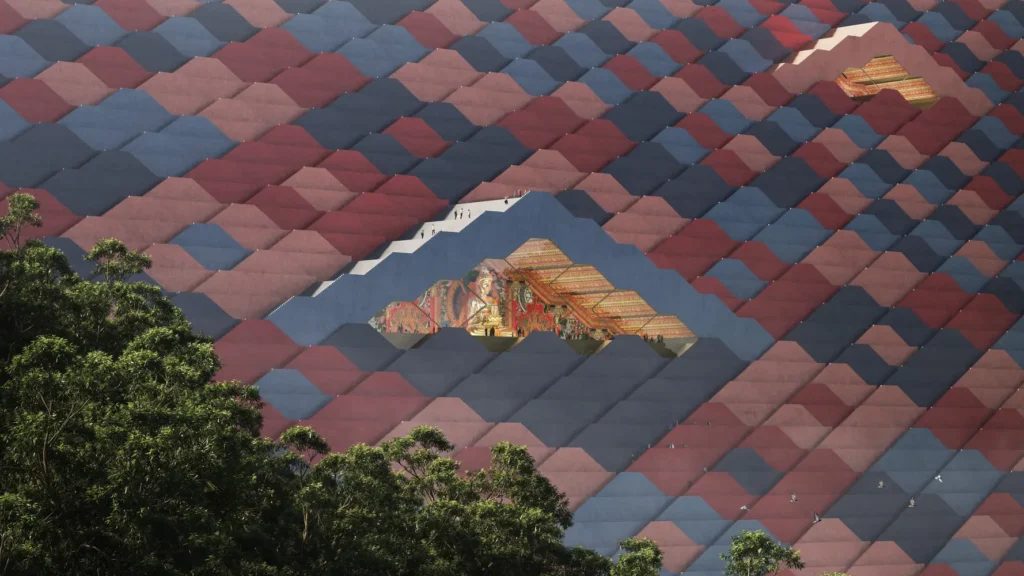
Conceptual Understanding of Mindfulness
The city has embraced the power of attention and created peaceful havens in the chaos of everyday life. In keeping with Bhutanese values, they believe that meditation and mindfulness are more than just a means to escape the hustle and bustle of life. It is a daily practice that he practices wholeheartedly. Whether we are on a busy street or trekking in the forest, one can learn how to breathe, connect, and find balance. Practicing mindfulness is more than sitting on a meditation mat in Gelephu. This city of mindfulness influences visitors to feel every aspect of city life.
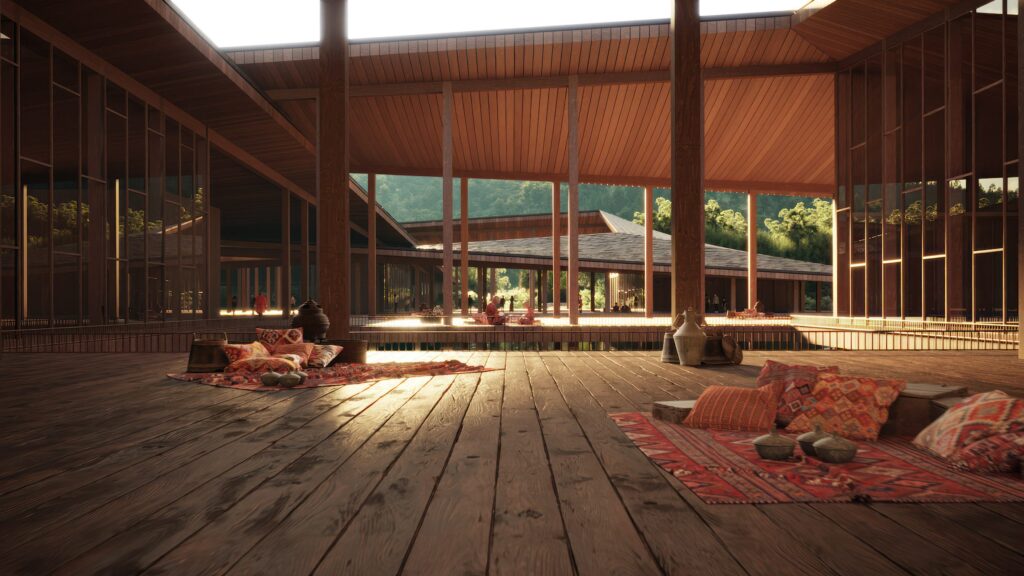
Similar Posts
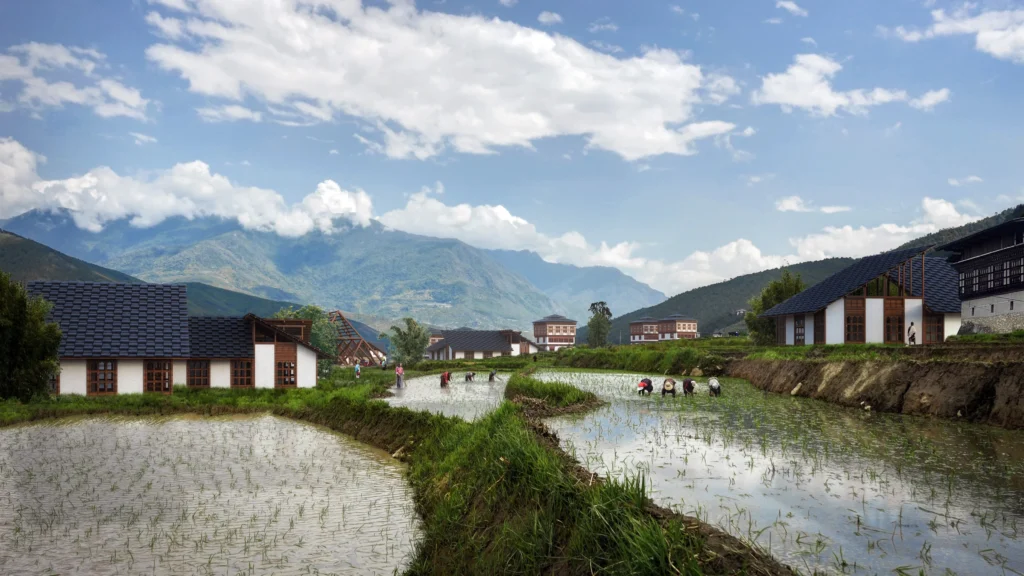
Cultural Resonance
Gelephu Mindfulness City is a thriving urban community that reflects Bhutanese ethnicity. The look of the city strikes a harmonious balance between timeless charm and a sophisticated twist, combining classic Bhutanese architecture with a modern twist. The configuration of the city has been carefully designed to acclimate to cultural gatherings and social events, making every day enjoyable. The cultural energy surrounding the city allows residents and tourists to fully experience Bhutan’s rich heritage in its truest form. Gelephu Focus City aims to showcase Bhutan’s history and ensure that it remains a vibrant and important part of the urban landscape.
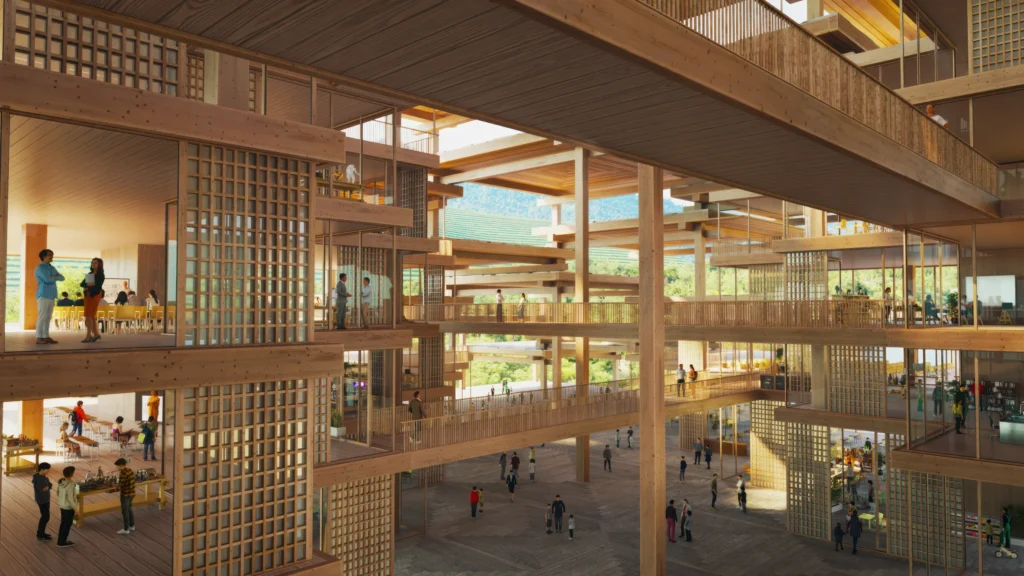
From Community Growth to Green Living
Within the city limits, there is a remarkable array of biodiversity that forms a network of cohesive ecosystems supporting the indigenous peoples of the country. City’s urban planning seeks to integrate ecosystems, individuals, and ideologies under one roof. The customs of the local people shaped the construction method using local materials such as wood, stone, and bamboo. Gelephu‘s infrastructure covers 11 districts with an area of 1000 square kilometers. Each area is expertly designed based on mandala principles, creating a perfect blend of nature and human ingenuity. In the words of architects, the development of the built environment is influenced by the 35 waterways of Bhutan. These “local bridge networks” connect different areas. These bridges serve as platforms for intended purposes such as providing social connections, facilitating the exchange of information, providing recreational facilities, acting as centers of innovation and introducing advanced technologies.
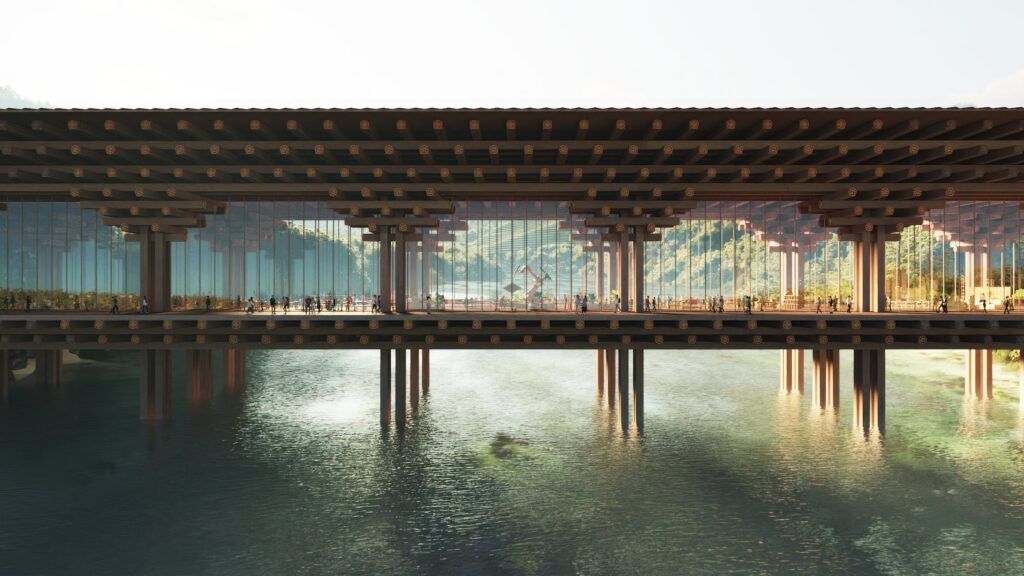
Into the Himalayan Kingdom
Rising from the foothills of Bhutan‘s Himalayan ranges, the Gelephu whisper promises. It is a promise of a future where cities are not literal jungles but thriving ecosystems where humanity and nature live in conscious harmony. Bhutan has been at the forefront of mindfulness by prioritizing mental health for some time now. Previously, it had introduced the unique idea of Gross Domestic Happiness for its citizens. Bhutan has also been bringing carbon neutrality to the forefront with its several plans. The small Himalayan nation with its big heart has been a persistent ideal for others with its citrizen first and nature first approach.
